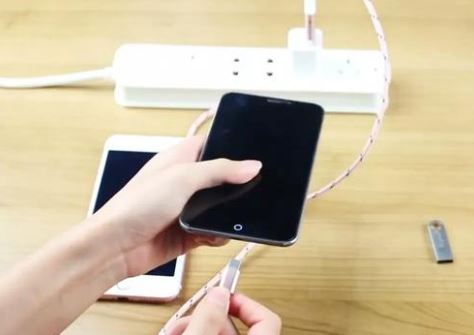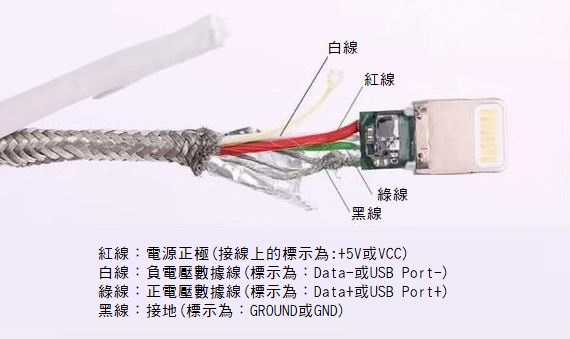As the name suggests, the charging cable is used to charge the mobile phone, and the data cable can not only charge, but also transmit data. In other words, the data cable can be used as a charging cable, but the charging cable cannot necessarily be used as a data cable.

The fundamental reason for the functional difference between the two is the different internal structure. The core of the data cable is composed of four wires: red wire: positive power supply; white wire: negative voltage data wire; green wire: positive voltage data wire and black wire: ground. Of course, these wires can only be seen when the outer rubber of the data cable or charging cable is peeled off.

Sowhat are the functional differences and uses of the contacts in the USB male connector (that is, the large end of the data cable)? You can take out your data cable. Put the side of the USB port with the contacts facing up, and then from left to right, you can see that there are 4 contacts. The first one is the ground wire, which is connected to the black wire, also generally called the neutral wire; the second one is the read data line, connected to the green wire, used to output signals; the third one is the write data line, connected to the white wire, used to input signals, and the fourth one is connected to the red wire.
In short, the two green and white wires in the middle are used to read and write data. It is because of them that the data cable can transmit data. In order to save costs, some merchants omit the two middle wires of the data cable, which means that it has no data reading and writing capabilities and can only be used for charging.